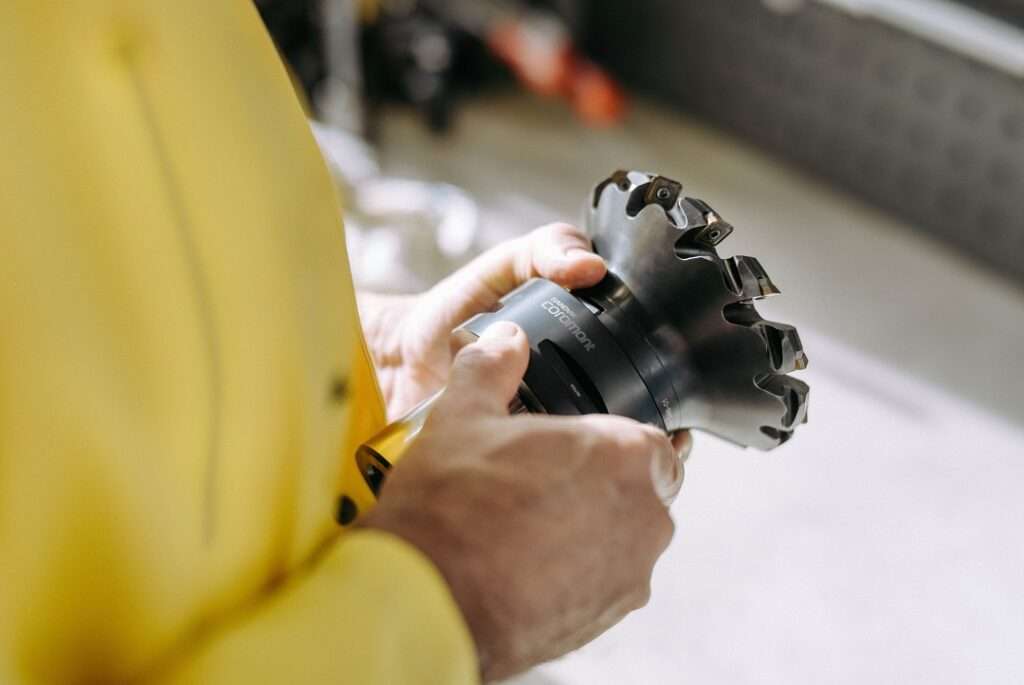In a groundbreaking study, researchers from Japan’s National Institute for Materials Science have developed a new method to understand how cells respond to external mechanical pressure. This technique involves using atomic force microscopy with nanoscale probes to apply force on the surface of cells. This advancement allows for an unprecedented view into the cell’s reaction to physical stress.
Researchers from the National Institute for Materials Science in Tsukuba, Japan, have developed a novel technique to observe how cells adapt to mechanical stress. Utilising atomic force microscopy with nano-sized probes, the team applied force to cell surfaces and analysed the response using machine learning. This approach revealed how cellular structures like microtubules and actin filaments distribute tension and compression forces to maintain cell shape.
The study, which also involved comparing healthy and cancerous cells, found that cancer cells were more resistant to external compression and less likely to trigger cell death. This discovery opens new avenues in cancer diagnostics, offering a potential method to differentiate between healthy and cancerous cells based on their mechanical response. The research was published in the journal Science and Technology of Advanced Materials.
The team, led by Jun Nakanishi of the Mechanobiology Group, employed machine learning to analyze the force distribution across the cellular surface. Their research delved into the internal dynamics of cells, focusing on the microtubules and actin filaments that form the cellular ‘skeleton.’ These components play a crucial role in maintaining cell shape, similar to the poles and ropes in a tent.
An intriguing aspect of their research was the comparison between healthy and cancerous cells under stress. The findings revealed that cancer cells exhibit greater resilience to external compression and are less prone to activating cell death mechanisms. This difference in response could lead to innovative diagnostic tools based on cellular mechanics.
Currently, hospitals use characteristics like cell size, shape, and structure for cancer diagnosis, but these parameters often lack the precision needed for early detection. The team’s research, therefore, proposes a new diagnostic approach, assessing cells based on the distribution of mechanical forces. This method could significantly enhance the accuracy of cancer diagnostics.
The implications of this research are vast, shedding light on cellular mechanics and opening new pathways in medical diagnostics. The full details of this study were published in the journal Science and Technology of Advanced Materials, marking a significant contribution to cellular biology and mechanobiology.







